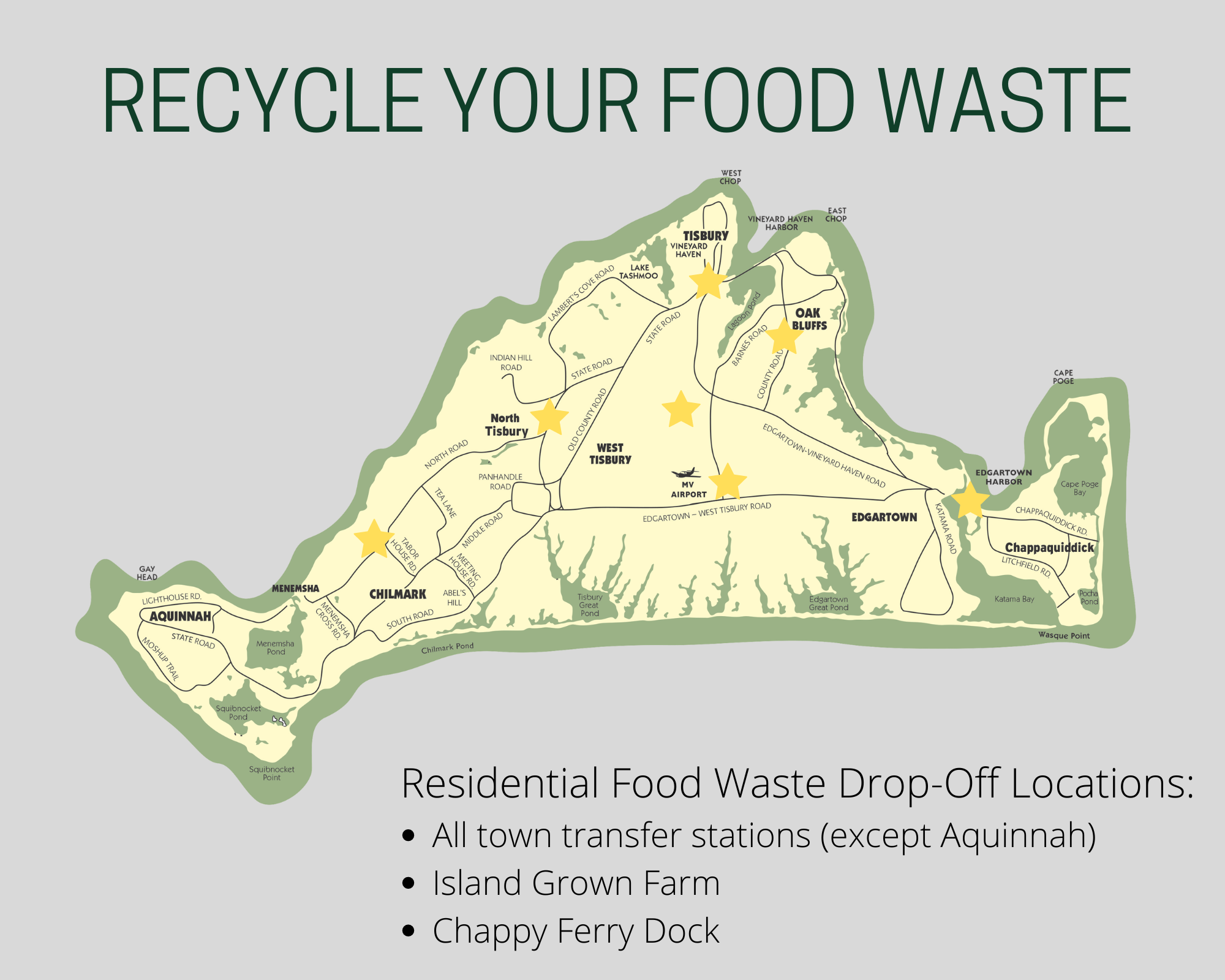Notes
Adapted from LifeLab’s Which Soil Do Plants Prefer?
OBJECTIVE
Students plant seeds in three types of soil and compare results. Students are able to set up an experiment to test which soil helps a seed grow the best. Students will determine whether soil type makes a difference for a particular type of plant to grow.
ESSENTIAL QUESTIONS
What type of soil do plants prefer? How do seeds grow? What do seeds need to thrive?
MATERIALS NEEDED
4 different types of soil in plastic bags: compost, clay, sand, garden soil, or others “Our Ideas about Soil” and “Questions we have about Soil” lists
4 4” pots/six packs
1 large spoon
1 ruler
Label for pot
Marking pen
Bean seeds (Blue Lake or Bush Beans) Measuring cups for water
Soil Experiment Log Sheet
PROCEDURE
Introduction
In nature, soil types greatly influence the kind of plants that grow in an ecosystem. Cacti seem to thrive in sandy soil while dandelions do well in heavy clay. Most gardeners and farmers amend their local soil to make it nutrient rich, easy to dig and well aerated for their crops.
We are going to start an experiment to figure out what type of soil these bean seeds prefer. Remember: a seed will sprout in many different conditions. It is important to follow this experiment for several weeks to see how the plant grows after emerging.
Ask students to verbally compare the four soil samples and discuss their merits based on what they have learned during their study.
Which one would be best to grow a plant? Why? How could we test this? How can we be sure it is a fair test?
Do we need to plant all the seeds the same way? Why? How should we plant them? Do we need to water them in the same way? Why? How should we measure them?
Write the agreed-upon planting, watering, measuring instructions on the board for everyone to see.
(Help students make wise decisions so that they can compare the soils fairly.)
Activity
- Divide students into four groups. Assign each student a role. For example, Number One’s might be the Recorders, Number Two’s the Equipment Gatherers, Number Three’s the Planters, Number Four’s the Waterers, and Number Five’s the Labelers.
- Distribute one (or more) pot(s) with soil to each group. Ask each group to predict how well the plants will grow in the different soils. Have the Recorder record the group’s prediction, along with their reasoning as to why the think that.
- Invite the Equipment Gatherers to collect the seeds, labels, markers, spoons etc. for their group.
- Walk the groups through the planting steps the class agreed upon as the Planters plant the seeds for each group.
- Instruct each Waterer to water their group’s pot with the exact amount the class agreed upon.
- Ask the Labelers to label their group’s pot with their group name, the type of soil, the date and the type of seeds planted.
- Place all pots in the same location, preferably in a sunny window, greenhouse or under grow lights.
- Have each child recall and record the steps of the experiment on the log sheet.
- Observe the pots daily with the students. Keep track of which seeds sprouted first, second, third, and fourth. After the seeds sprout, allow time every few days for groups to take measurements and record their seedlings size, color, number of leaves, etc. on their log sheets. Discuss how health of a plant can be measured in many ways, and size isn’t always an indicator of the healthiest plant. Allow the beans to grow for a few weeks so students can see long-term effects of the soils on plant growth.
Wrap Up/Assessment:
After three to four weeks, hold a final summit on “Which Soil Plants Prefer.” Ask each group to present their findings about the health of their bean plant.
Do the groups agree on which soil was the best for the plant? If not, how can they rationalize their arguments?
Remind students that in science, the answers aren’t always crystal clear. Often, experiments bring up more questions than they answer.
What new questions came up for the group? (Add these to the class list.) Would they make any changes in how to do the experiment if they did it again?
Add any new information from the experiment to the “Ideas We have about Soil” list. Review the list and have each child relate something they have learned about soil to the group.








